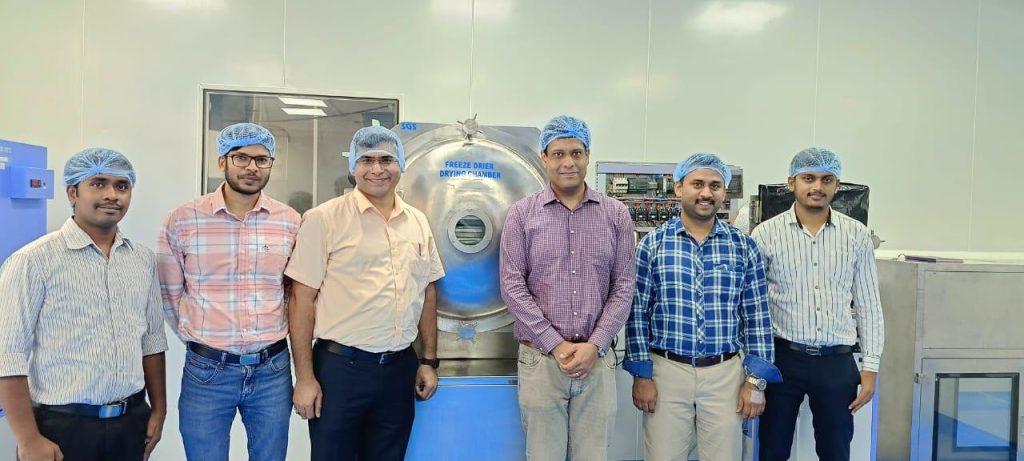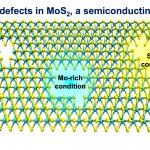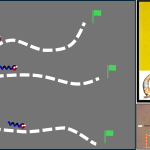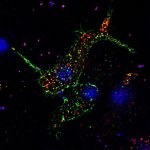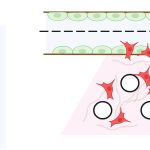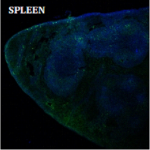Some bleeding is inevitable in surgery, no matter how skilled the surgeon’s hands. To control blood loss, doctors turn to tools and materials known as hemostats (from the Greek words haima (blood) and stasis (halting)). Hemostats come in many forms: some are mechanical – like clamps or forceps – while others are topical – plant- or animal-derived substances that are applied directly to the bleeding surface to stop blood flow quickly. Despite being widely used and requiring relatively simple engineering, India has been importing topical hemostats due to a lack of local production capacity.
It was this gap that spurred Vivek Mishra, CEO of Fibroheal Woundcare – a biotechnology and healthcare company specialising in solutions for wound care – to approach Kaushik Chatterjee, Professor and Chair of the Department of Bioengineering at IISc. Fibroheal offered to partially fund a doctoral fellow in Kaushik’s lab, Sushma Indrakumar, to explore a possible solution. Previously an undergraduate student with a Material Sciences major at IISc, Sushma was also awarded the Prime Minister’s Research Fellowship to pursue this work.
One of the biggest players in the topical hemostat market is chitosan foam – a blood-coagulating biomaterial derived from the polymer chitin. Chitosan foam effectively manages bleeding, but it also sticks to the wound, causing fresh bleeding and leaving behind a residue when removed. The goal was thus to identify a material that had the clotting properties of chitosan foam without its complications. Silk was a prime contender, owing to its well-researched non-adhesive and skin-friendly nature. However, lab testing showed that silk’s coagulant properties left much to be desired.
The researchers were then struck by a novel idea – why not combine the two? They devised a bilayered structure, with silk fibroin as the tissue-adhering interfacial layer and chitosan foam doing the heavy lifting as the primary blood coagulant.
“We were initially apprehensive about whether this silk layer would inhibit the clotting ability of the product,” says Sushma. “Interestingly, we found that it neither inhibited nor promoted clotting.”
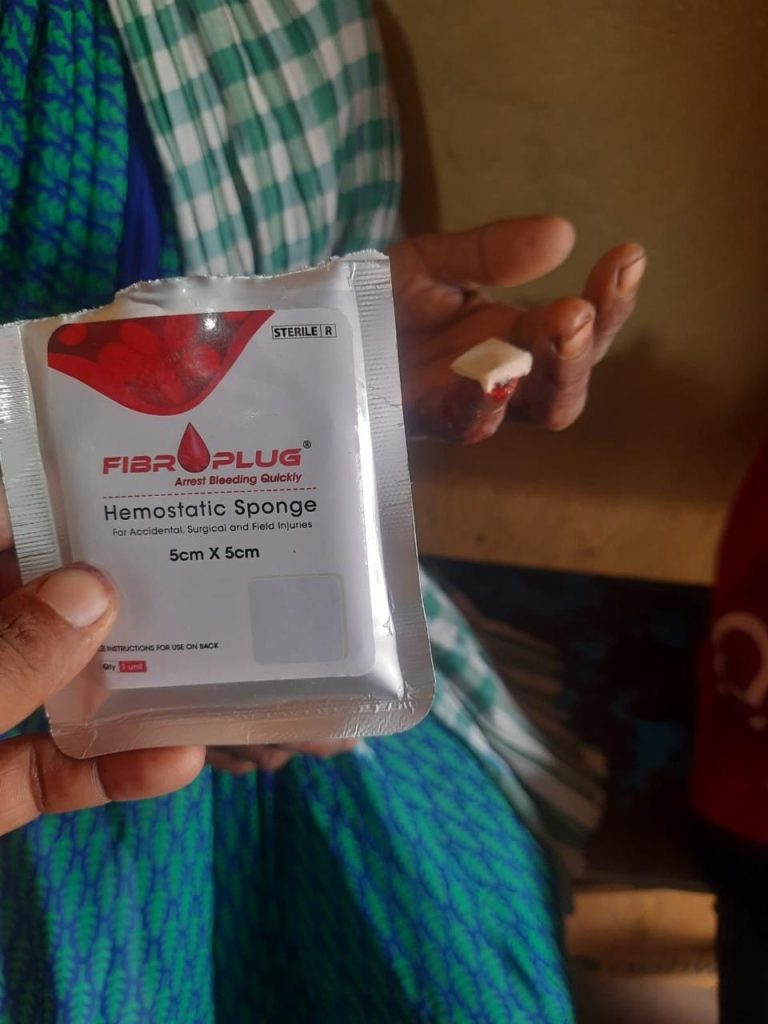
The team also infused the interface layer with silica particles. Due to their negative surface charge, these silica particles activated a parallel blood coagulation pathway at the wound site, thus boosting clotting efficiency.
“It was a win-win situation that we didn’t see coming,” Sushma remarks. “Silk’s healing properties and non-adhesiveness made it an excellent matrix to face the wound, and the lack of hindrance to clotting made it an excellent matrix to carry the silica particles.” Keeping Karnataka’s booming silk industry in mind, Fibroheal opted to source their silk fibroin locally, to promote indigenous production.
The team also worked to ensure that the final product was easy to produce. “We wanted to have something that is not just fancy engineering, but is actually scalable. It should be commercialised rapidly and made available to the Indian population at an affordable price,” says Kaushik.
The team knew that it wasn’t going to be easy to introduce a new medical product, given the country’s complex safety and regulatory policies. What helped them was the fact that hemostats have been around for a long time, even if they were being imported. It also helped that their design involved a simple modification to conventional hemostats, which improved function dramatically. These factors helped them commercialise the product quickly.
Much of the research planning took place during the COVID-19 pandemic, amidst chaotic conditions, technical limitations, and online meetings. “We progressed from an industry-academia relationship to a friendship,” reminisces Vivek. “The connection and dedication to the cause were so seamless that it never felt like two teams were working.”
The product, now launched as Fibroplug, has immense application potential. It can be used with minimal training to provide pre-operative care to arrest bleeding in individuals caused by accidents, natural disasters, or war. In fact, it was recently used by national defence forces to care for injuries following Operation Sindoor, according to the team. “Our product has been able to create an impact. That makes me happy,” says Vivek.
“It’s never easy for industry and academia to develop such synergy and comfort,” adds Kaushik. “We hope that this sets a good precedent, and motivates the government and other policymakers to go the extra mile to support such budding collaborations.”
